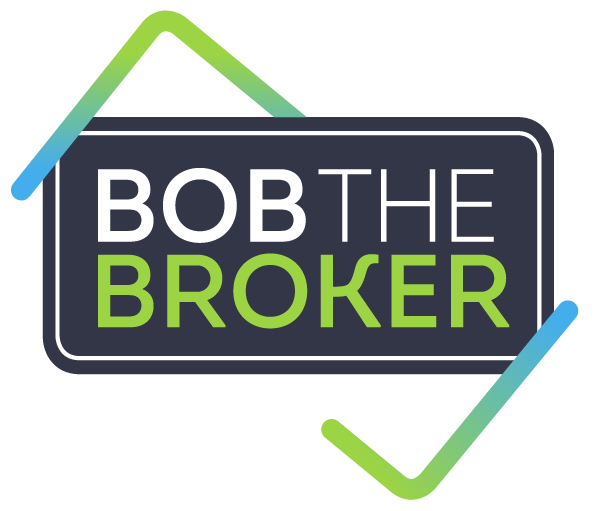Are you in a position to Refinance?
Refinancing your home loan to take advantage of low interest rates could save you money, but before you do, let’s find out if you really are in a position to do so..
1. Check if you have a fixed rate loan
If you are on a fixed rate loan, you will most likely incur exit and break costs for an early exit on the fixed period. You will also need to check for application, settlement and valuation fees on the new loan. Be aware that lenders’ mortgage insurance costs may apply on the new loan if equity is less than 20%.
There is one lender we can consider with no lenders mortgage insurance when equity is 15%.
Tip: Calculate the interest savings in moving to a new loan and the cost of moving to ensure there is a financial benefit.
2. Define your refinancing goal
There are many reasons why you would consider refinancing:
· secure a lower interest rate to reduce repayments or repay your home loan more quickly
· access to loan features such as an offset account or redraw facility to help reduce the amount of interest you pay
· consolidate personal debts such as a credit cards and car loan into one home loan with a lower interest rate
· finance a renovation
· to pay for a lump sum purchase such as home contents and furniture
· access equity to purchase an investment property
With a clear goal in mind, you will be able to narrow down the type of loan and features you require.
3. Review your home loan features
Interest rates are not the only consideration. Loan features are an important issue as well. Loans with different features may have different interest rates. Some loans may have a lower interest rate but lack the features that could save you in the longer term. Consider all aspects and features of a new loan before refinancing
4. Compare your home loan interest rate with current market interest rates
If your current interest rate has a three in front, you could be paying too much. An interest rate reduction of just 1.5% on a $500,000 loan could save you almost $400 a month1.
Note: There can be a difference of up to 0.58% between rates lenders charge to new and existing customers (cheaper rates offered to new customers2) – another reason to regularly compare your interest rate.
So… if refinancing is the right decision for you, preparation is now key.
Minimise disappointment and delays by:
· ensuring supporting documents are up to date, eg payslips, identification, statements, assets, liabilities and living expenses
· being organised – collate all necessary documents for an application
· reading mortgage documents carefully to understand the terms and conditions
· paying attention to detail – closely review calculations and documentation for discrepancies
· signing documents and returning them promptly
As a finance specialist we can help you thoroughly compare the cost of refinancing through a wide range of lenders. We will explore the most appropriate option for your circumstances as it isn’t always straightforward.
Sources
1 https://mozo.com.au/home-loans/resources/calculators/home-loan-repayments-and-rates-calculator
2 Should I refinance my home loan? Everything you need to know | Finder https://www.finder.com.au/should-i-refinance-my-home-loan</span
Disclaimer: This article provides general information only and has been prepared without taking into account your objectives, financial situation or needs. We recommend that you consider whether it is appropriate for your circumstances. Your full financial situation will need to be reviewed prior to acceptance of any offer or product. It does not constitute legal, tax or financial advice and you should always seek professional advice in relation to your individual circumstances.

